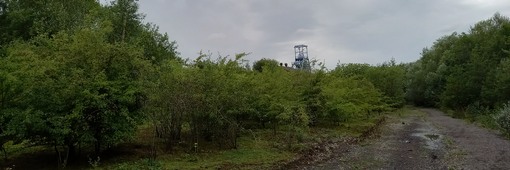

Biodiversity
Action
Plan
Scrub habitat features
Scrub provides specialised habitat features not found in mature woodland and a range of wildlife species take advantage of these features for foraging, nesting, roosting, shelter and a refuge from predators. Scrub can support a wide variety of invertebrates, reptiles, amphibians, mammals and notably birds.
Species supported by scrub
Mammals found in scrub habitats include Badger,Hedgehog, Fox, Otter and bats such as Common and Soprano Pipistrelles. There are also voles, shrews and mice
Bird species. Scrub supports a range of birds feeding on flies and other invertebrates. as well as seeds and berries.
These include: Bullfinch, Dunnock, Linnet, Reed Bunting, Song Thrush, Willow Tit and Yellowhammer.
Summer migrants include:
Cetti’s Warbler, Grasshopper Warbler, Willow Warbler, Marsh Warbler, Grasshopper Warbler, Common Whitethroat, and Lesser Whitethroat.
In upland scrub areas this may include Redstart and Whinchat.
Reptiles and amphibians. Scrub may support grass snake, common toad and great crested newt
Invertebrates
Scrub provides habitat for many species of invertebrate, including rare species.
Scrub of varied age, shrub or tree species, and structure supports the widest range of wildlife. Some species require particular shrubs and others a range of habitat features in a small patch of scrub. It is important to maintain all growth stages, from bare ground through young and old growth to decaying wood. Humid leaf litter and decaying wood support a great range of invertebrate species. Insects often require specific species of tree, shrub and ground cover as larval food plants.
Scrub edges are often rich in flowering plants which provide nectar for insects and seeds for birds and mammals. Tall herbs and grasses growing along the edge of scrub offer shelter for small mammals, nest sites for birds, and hunting areas for Barn Owls and Kestrels. The value of scrub for invertebrates usually greatest if tall herb or grassland habitats are present nearby.
Scrub structure is important for birds: Birds nest in a range of scrub types. Yellowhammers, Linnets, Grasshopper Warblers and Whitethroats favour young, scattered scrub. Dunnocks and Willow Warblers use low-growing, closed canopy scrub. Song Thrushes and Bullfinches use older, mature stands of scrub. Some species require very dense stands of Blackthorn or Brambles.
Many birds benefit from wet scrub, including Cetti’s, Grasshopper and Marsh Warblers, along with Reed Buntings, Willow Tits and, in mature areas, Lesser Spotted Woodpeckers.
Suitable scrub provides mammals, reptiles and amphibians with foraging opportunities, as well as shelter and a winter refuge.
It also has an important role in protecting the early growth of trees such as oak.


Scrub Features and Species